Shift Towards Value-Based Care Models
The shift towards value-based care models is significantly impacting the Patient Flow Management Solution Market. As healthcare systems transition from volume-based to value-based care, there is an increasing need for solutions that enhance patient outcomes while controlling costs. Patient flow management systems play a crucial role in this transformation by enabling providers to monitor patient progress and outcomes effectively. Data suggests that organizations adopting value-based care models can achieve a 15% reduction in overall healthcare costs. This shift is prompting healthcare providers to seek innovative patient flow management solutions that align with value-based care principles. By focusing on quality and efficiency, these solutions are likely to become integral to the operational strategies of healthcare organizations. The ongoing evolution towards value-based care is expected to drive sustained growth in the Patient Flow Management Solution Market.
Increasing Focus on Patient Experience
The Patient Flow Management Solution Market is witnessing an increasing focus on enhancing patient experience. Healthcare providers are recognizing that patient satisfaction is a critical component of care delivery. As a result, there is a growing emphasis on solutions that streamline patient interactions and reduce wait times. Research indicates that facilities that prioritize patient experience can see a 20% increase in patient retention rates. This trend is prompting healthcare organizations to invest in patient flow management solutions that facilitate smoother transitions through various stages of care. By improving communication, reducing delays, and providing timely updates, these solutions contribute to a more positive patient journey. The heightened awareness of patient experience as a key performance indicator is likely to drive further growth in the Patient Flow Management Solution Market, as providers seek to differentiate themselves in a competitive landscape.
Technological Advancements in Healthcare
Technological advancements are significantly influencing the Patient Flow Management Solution Market. Innovations such as artificial intelligence, machine learning, and data analytics are being integrated into patient flow management systems, enhancing their capabilities. These technologies enable healthcare providers to predict patient volumes, optimize scheduling, and allocate resources more effectively. For instance, predictive analytics can forecast patient admissions, allowing hospitals to prepare adequately and minimize overcrowding. The adoption of these advanced technologies is expected to propel the market forward, as organizations seek to leverage data-driven insights for improved decision-making. Furthermore, the integration of mobile applications and telehealth solutions is facilitating real-time patient tracking, thereby enhancing the overall efficiency of patient flow management. This technological evolution suggests a promising future for the Patient Flow Management Solution Market, as it adapts to the changing landscape of healthcare delivery.
Rising Demand for Efficient Healthcare Services
The Patient Flow Management Solution Market is experiencing a notable surge in demand for efficient healthcare services. As healthcare providers strive to enhance operational efficiency, the need for effective patient flow management becomes paramount. According to recent data, healthcare facilities that implement patient flow solutions can reduce patient wait times by up to 30%. This improvement not only elevates patient satisfaction but also optimizes resource utilization. The increasing pressure on healthcare systems to deliver timely care is driving investments in patient flow management technologies. Consequently, organizations are seeking solutions that streamline processes, reduce bottlenecks, and improve overall patient experience. This trend indicates a robust growth trajectory for the Patient Flow Management Solution Market, as stakeholders recognize the value of efficient patient management in achieving operational excellence.
Regulatory Pressures and Compliance Requirements
Regulatory pressures and compliance requirements are shaping the Patient Flow Management Solution Market. Healthcare organizations are increasingly mandated to adhere to stringent regulations aimed at improving patient safety and care quality. Compliance with these regulations necessitates the implementation of effective patient flow management systems that can track and report on various metrics. For instance, the need to comply with standards set by health authorities is driving the adoption of solutions that ensure accurate patient tracking and documentation. This compliance not only mitigates risks but also enhances operational transparency. As healthcare providers navigate the complexities of regulatory frameworks, the demand for patient flow management solutions that facilitate compliance is expected to rise. This trend underscores the importance of integrating regulatory considerations into the strategic planning of the Patient Flow Management Solution Market.


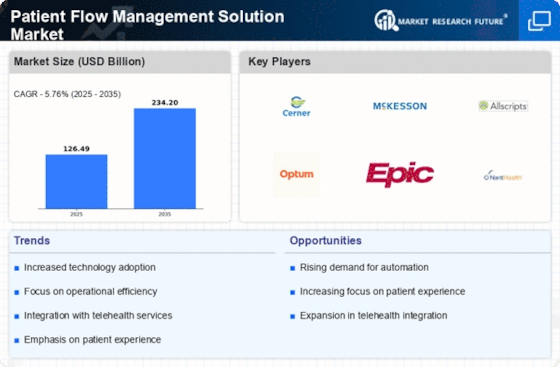
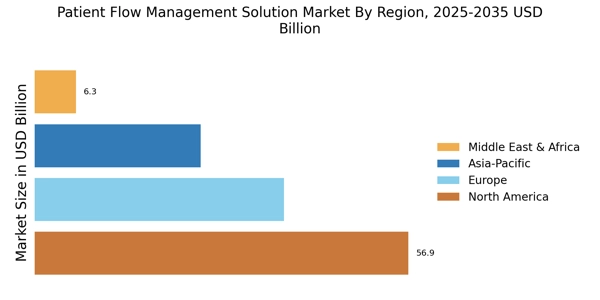
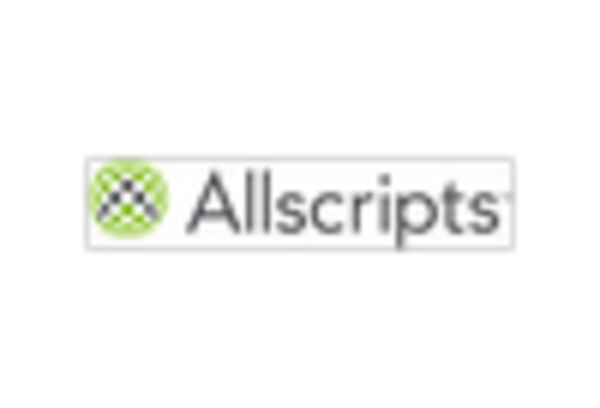
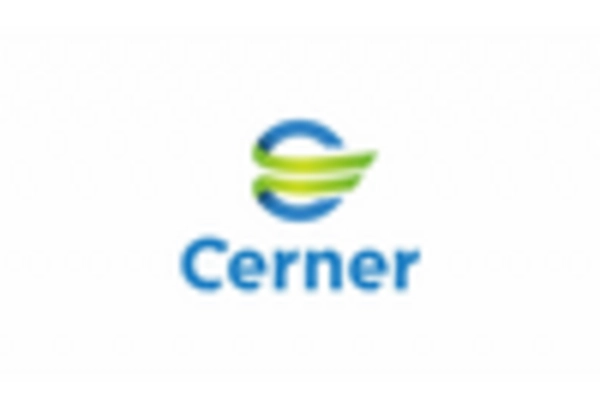
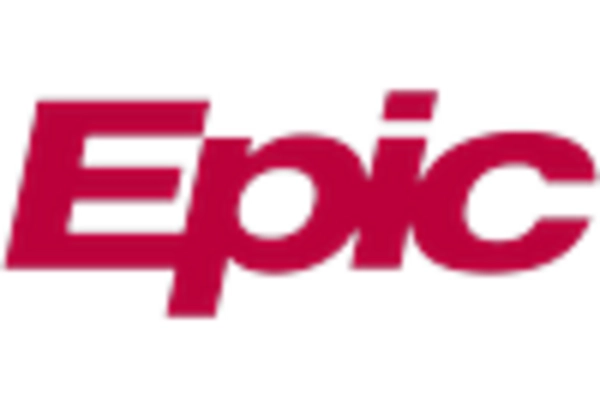
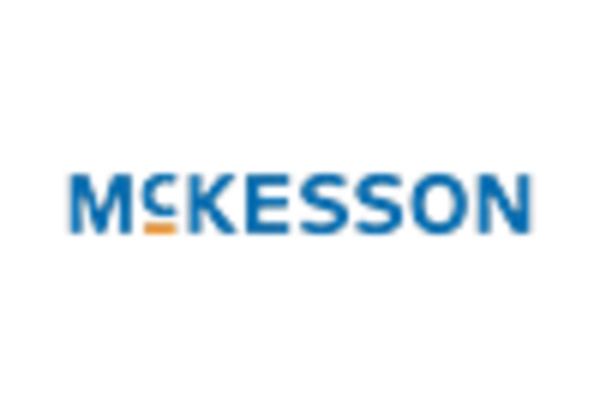
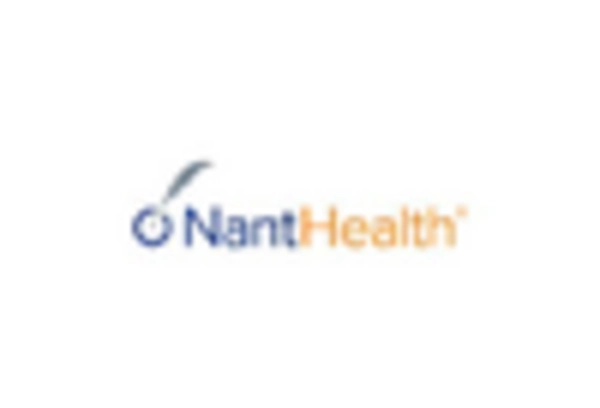
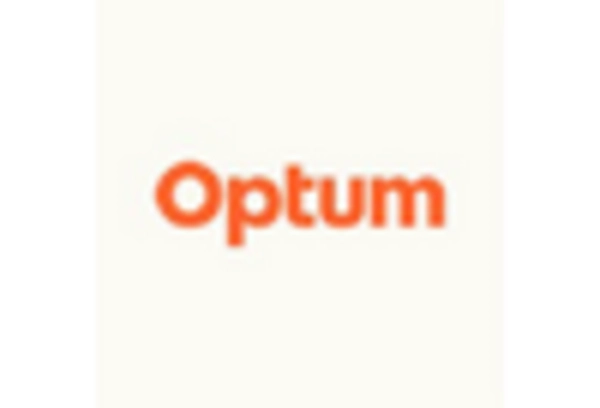








Leave a Comment